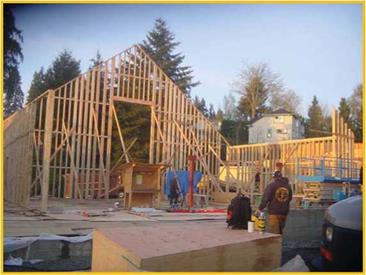DISTANCE FROM TRAP TO VENT
The distance from a trap to a vent is determined by local plumbing code requirements. Allowable distances are usually given either in text or in tables within a codebook. There can be a significant difference from one code to the other. To illustrate this, I’d like you to refer to Figures 5.18, 5.19, and 5.20. The tables you see in these illustrations represent differences between three major plumbing codes. You should notice that the distances from traps to vents is the same for two codes and different for one code. You must refer to the plumbing code that is being enforced in your area for specific sizing requirements...
read more





